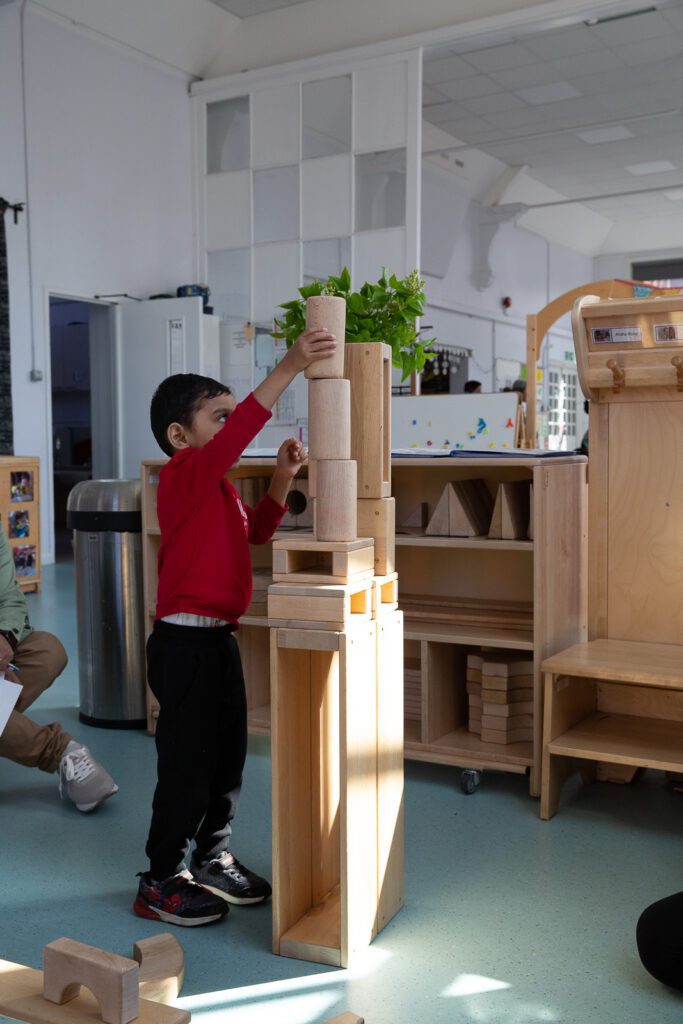Read what Rachna Joshi, Froebelian expert, has to say about Guildford Nursery School. The following is the third of her monthly blogs about aspects of Froebelian pedagogy at Guildford Nursery School.

During my visit to Guildford Nursery School (GNS) I was given the time to sit and observe the children and the educators in the setting. Various themes arose from my observations, but what I found was that I kept noticing children engaging in schematic play.
A simple explanation of schemas is ‘the repeated actions and behaviours that young children do’ (Louis 2016). At GNS I saw a child positioning the wooden blocks vertically in a row, “2, 2, 2” he said, then proceeded to knock them over. He then decided to build up the blocks, and watched as they fell again. He then dropped blocks at varying heights to see how they fall. By repeating these actions, the child’s learning about spatial awareness, organisation and numbers. He is beginning to understand sound, weight, physics, action and reaction. Froebel talked about play as the ‘highest expression of a child’s soul’ and this example demonstrates exactly this - how this two year old is exploring physics - demonstrating his highest capabilities through his play.
A more detailed explanation of schemas comes from Piaget, and is explored in Athey (1990). Here she writes “Schemas are patterns of repeatable actions… As a result of applying a range of action schemas to objects, infants arrive at the generalisations that objects are ‘throwable’, ‘suckable’, and ‘bangable’. An infant may perform one schema on a range of objects, or a wide variety of schemas on one object”. The child positioning the wooden blocks in the observation above demonstrates schematic play by building and knocking over, and dropping blocks - this could be the dynamic vertical schema.
Outside, the children were engaged with the large gutters and tubes, a child wanted to put a stick through it, they tried with some help but it didn’t quite fit. Luckily there was a ball close by, and the child had a go at putting this inside the gutter and tube. Later, the guttering and tubing was set up with the children and a variety of balls were nearby to experiment with. An opportunity for children to explore the schema of going through and containing in many different ways with the support from a knowledgeable educator.
A common schema observed is the transporting schema, in Athey’s work this is described as a straight line trajectory schema, at GNS I watched and supported children filling up water from the tap and returning to empty into the tray. This continued for an extended period of time, with an educator standing by the tap and another by the water tray to support. There were no restrictions for the children, if others wanted to join in, they were offered a container to fill. If they got wet, that was fine too, they could be changed later.
In this episode of play, the children were learning about capacity, weight, distance, collaboration – so many deep learning skills from a simple repeated action. Interestingly in the setting, I saw children transporting sand, water and resources from one place to another. To support them the environment provided various loose parts such as wheelbarrows, bags, containers to increase the number of possibilities to engage in schematic play.

The transporting schema, particularly the observation of the children using the water reminded me of the Froebelian idea of the parts and the whole. In his writing he urges us to think about each part as a whole, but also as a part of a larger whole. For example, the observation of the child engaging with water, and moving it from tap to the water tray (the parts), but also the idea of the water flowing freely from the tap, seemingly abundant to a child. Another example of this might be the ball that was being passed through the gutters and tubes, the ball in itself is a whole, but within the gutters and tubes its relationship changes and it becomes part of a different ‘whole’ – in fact imitating the role of water flowing through the tubes. I urge educators to look deeper into children’s play, to observe through the lens of whole and parts and see what arises, and whether there are links – obvious or perhaps not.
Throughout the observations at GNS it’s clear to see the educators active observation and depth of relationships with the children in knowing what they were doing and how to support and extend their learning. The role of the educator is to observe the children engaging in schematic play, and to make the connections. This requires highly knowledgeable educators who understand exactly what to look for and where to read further on schemas as well as to provide further opportunities for children to play in this way.

Educators at GNS have underpinning practice which ensures they are starting with the child and where they are at, but also looking for their good intentions. Unfortunately, in many places, I have seen educators discuss children negatively, talking about what they can’t do. I believe there has to be a shift in thinking, in practice and in our thoughts and language to truly embrace children’s good intentions and capabilities. We have to learn to work with what we have, to maintain and protect children’s right to play and have a childhood, within the constraints of the systems we work in.
References
Louis, S. (2016). Schemas for parents. Suffolk County Council In Partnership With Stella Louis.
Athey, C. (1990). Extending Thought in Young Children. Paul Chapman Educational Publishing.
Louis, S. (2022). Observing Learning in Early Childhood. SAGE.



